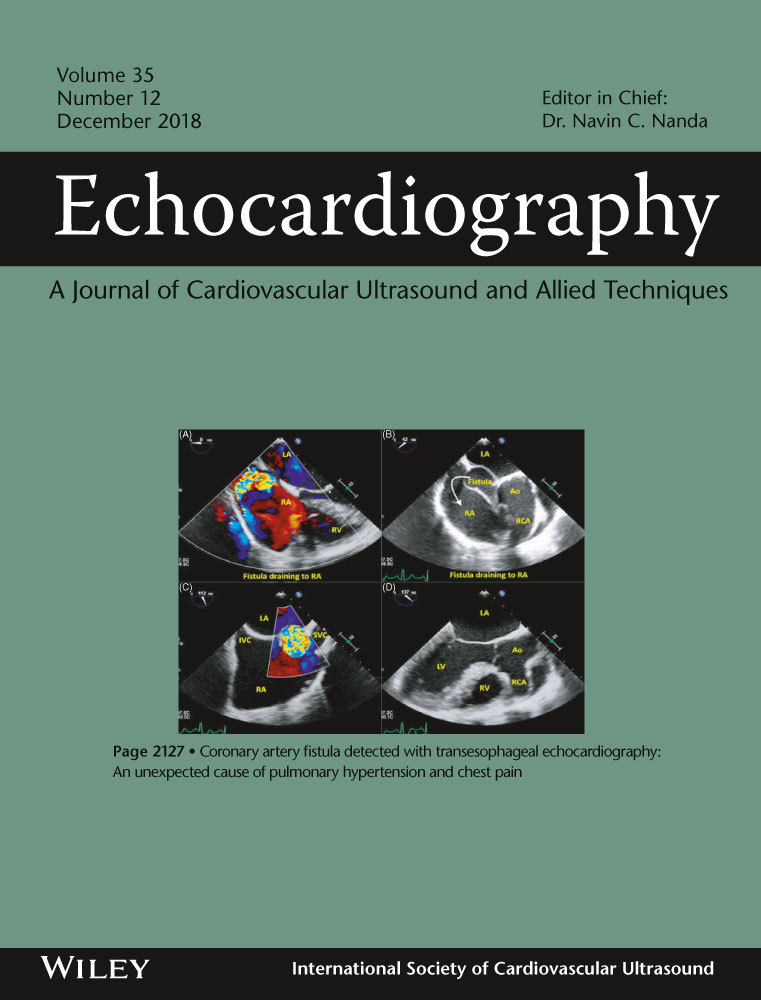An unusual appearance of a large mitral valve cleft within a prolapsing segment diagnosed by three-dimensional transesophageal echocardiography
Abstract
Eighty-year-old woman presented for minimally invasive mitral valve repair for severe mitral regurgitation. Intraoperative two-dimensional transesophageal echocardiography (2DTEE) and subsequent three-dimensional transesophageal echocardiography examination showed severe mitral valve regurgitation with a bidirectional jet caused by both P2 segment prolapse and a large cleft within the P2 segment. The preoperative diagnosis of this complex pathology was challenging by 2DTEE, and a 3D examination of the mitral valve was helpful to confirm the presence of a cleft within the prolapsing segment.




